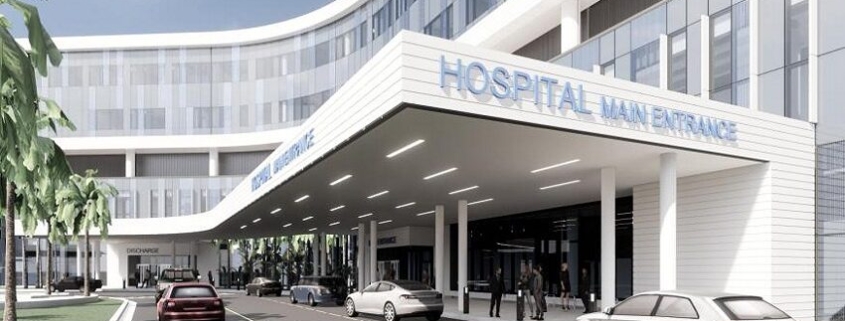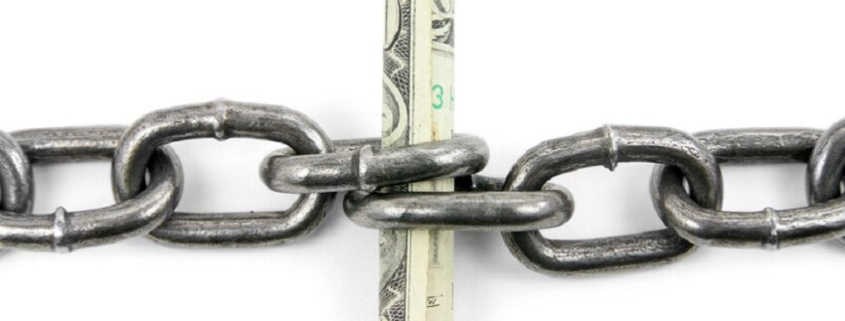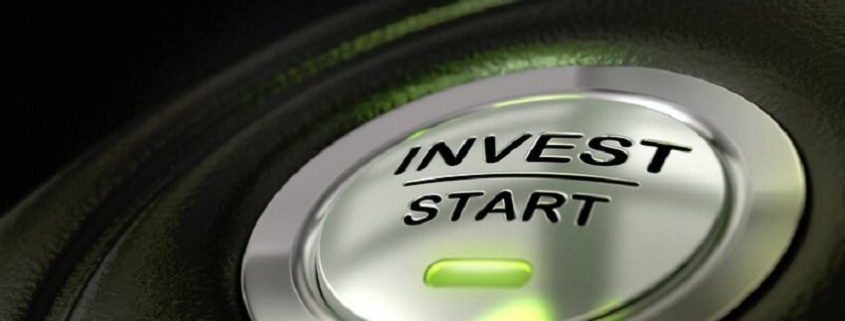New Hospital Coming To Venice, Florida In 2021
Sarasota Memorial Hospital broke ground on its new hospital in April 2019, with its campus in Venice at Laurel and Pinebrook roads.
Its opening will be here in no time: SMH-Venice should be completed in fall 2021.
“It is going to bring services to that part of our community that is in great need,” SMH CEO David Verinder said. “We are looking forward to, quite frankly, many many years of that growing and continuing to serve in South County.”
The new hospital will offer a full array of medical and surgical care, including:
• Cardiology Unit/Catheterization Lab
• Critical Care/Intensive Care Unit
• Emergency Care
• Endoscopy & other procedural areas
• Gastroenterology
• General/Vasular Surgery
• Labor & Delivery/Post-Partum Unit
• Laboratory/Diagnostic Testing
• Nephrology
• Neurology/Neurosurgery
• Oncology
• Orthopedics
• Pulmonology
• Imaging/Radiology
• Urology and more
The Venice hospital costs about $255 million to build. With furniture, equipment, the energy center and other campus infrastructure, the total cost will be about $437 million. The new hospital will be hurricane ready and has undergone some design changes in order to be better prepared for treating COVID patients, as well as other infectious diseases.
“The ICU is designed with negative pressure rooms so that we can better manage the pandemic if needed,” said Kim Savage, SMH’s public relations manager.
A negative pressure room, also called an isolation room, is meant for infection control. It allows air to flow into the isolation room but not escape from the infected patient’s room.
“Most hospitals had to quickly convert existing patient rooms into negative pressure environments or dedicate entire critical care units to safely isolate COVID-19 patients from other hospitalized patients,” SMH-Venice President Sharon Roush said. “Given the ongoing nature of this pandemic, we felt it important to be prepared for a resurgence of this or any other highly infectious airborne disease in the future.”
In addition to this, SMH added a negative-pressure ventilation system to convert all or a portion of their ICU/critical care units to a pandemic unit if needed. The new hospital will also greatly increase bed capacity.
“It will immediately add more than 100 beds, and we already are planning for expansion and that will allow it to double,” Savage said.
The initial development covers 48 acres on the eastern side of the parcel, but Savage says as the community grows, so will SMH-Venice. It has the capacity for 300 private patient suites, 16 surgical suites and a 50-bed ER. The expansion also will bring Sarasota Memorial’s extensive physician base further south and help build the medical staff for a future hospital in North Port.
The current plans for the Venice location includes:
• A 365,000-square-foot, 5-story hospital, with 110 private patient suites and 28-bed emergency center and 8 surgical suites
• A 2-story, 60,000-square-foot medical office building
• Related support structures and service area
• An adjacent 400-space parking garage and surface parking lots
“Construction on the new campus is full speed ahead,” Verinder says “COVID hasn’t slowed them down. We are very excited about the new Venice hospital coming online. It is going full speed right now. It’s beautiful even as it sitting in construction.”
He says they are in the process of hiring step and will be doing that throughout this coming year.
“We are excited to bring Sarasota Memorial’s high-quality care to the rapidly growing south Sarasota County community,” Roush said “Opening the new hospital in Venice will enhance care to the entire region, while also creating and sustaining jobs and livelihoods for hundreds of people and area businesses.”
Source: WTSP-TV News





